

Shane O'Donoghue
2025 Nissan Ariya Nismo review: Quick drive
6 Days Ago

Contributor
A big electricCadillac SUV could be coming to Australia under the GM Specialty Vehicles banner in 2023… but it hasn’t been locked in just yet.
Senior members of the General Motors team in Australia told CarExpert there’s “a lot of exciting stuff coming this year”. Currently, the American giant sells the Chevrolet Corvette and Silverado through its GMSV dealer network.
When it comes to Cadillac, a spokesperson for General Motors simply said “stay tuned”.
The luxury brand is pitched as a rival for BMW and Audi in the USA, and has been high on the wish list for local enthusiasts since before Holden’s exit from Australia.
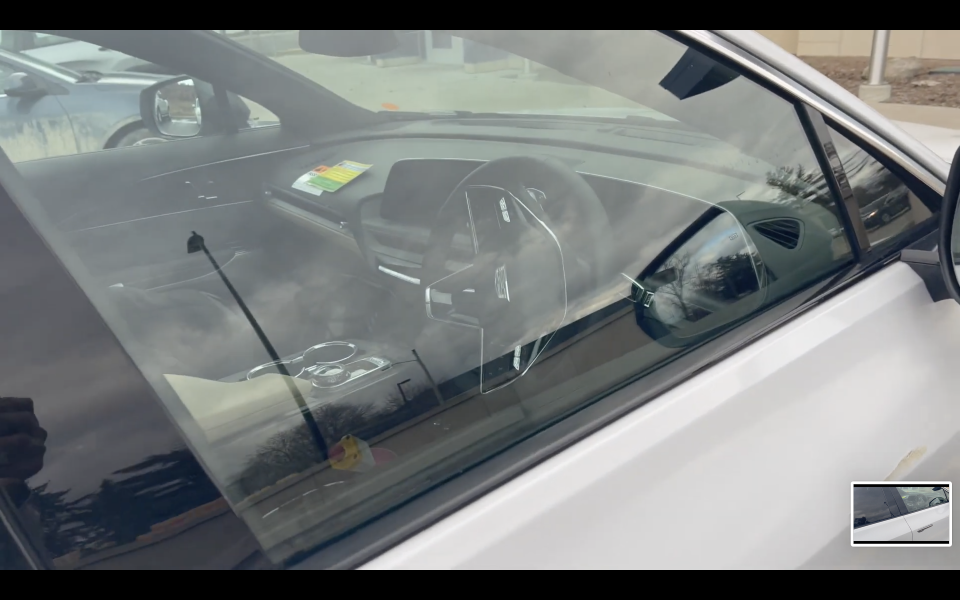

The brand’s flagship Lyriq electric SUV has already been snapped in right-hand drive, and General Motors recently filed a trademark for the nameplate Down Under. At the time, GM said it is “common practice for GM to secure key trademarks globally”.
That practice hasn’t seen it register any other Cadillac models with IP Australia, however.
The fact the Lyriq is an EV also appears to play into GMSV’s plans locally.
Marc Ebolo, GM Australia and New Zealand managing director, told CarExpert there’s a “a lot of excitement in where GM is going in terms of the electrification of the model range”.
“We’ll have more to say this year, that’s for sure,” he said of The General’s push into electrification.

GM has previously indicated there is “strong demand for these products in the international markets”.
“We have the talent, the investments and strong financial and commercial momentum to leverage opportunities around the world,” Shilpan Amin, GM senior VP and president of GM International, told media in 2022.
GM also points to the flexibility of its Ultium platform as a way it can more easily build incoming EV models for more markets.
The Lyriq is available with a choice of single-motor rear-wheel drive and dual-motor all-wheel drive powertrains abroad, both mated with a 102kWh lithium-ion battery.
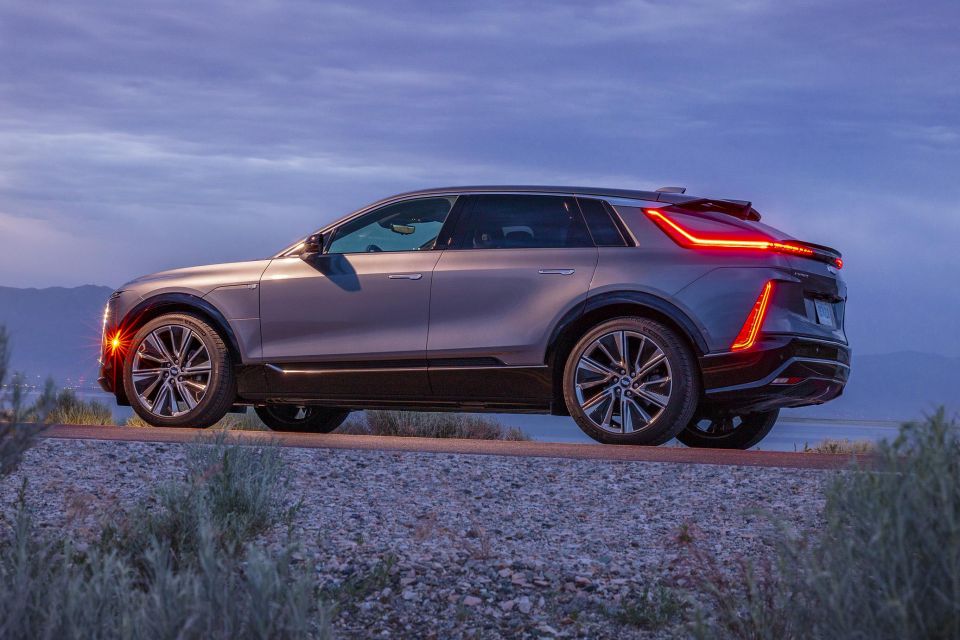
In North America, the US-built rear-wheel drive model produces 255kW of power and 440Nm of torque, and its all-wheel drive counterpart produces 373kW and 610Nm.
The rear-wheel drive model has 502km of range under the stricter US EPA test cycle.
The luxury SUV supports DC fast charging up to 190kW, which can add about 122km of range in just 10 minutes. Cadillac will also offer buyers a 19.2kW home charger that can add 84km of range per hour.
The Lyriq measures 4996mm long, 2207mm wide (including the mirrors) and 1623mm tall on a 3094mm wheelbase.
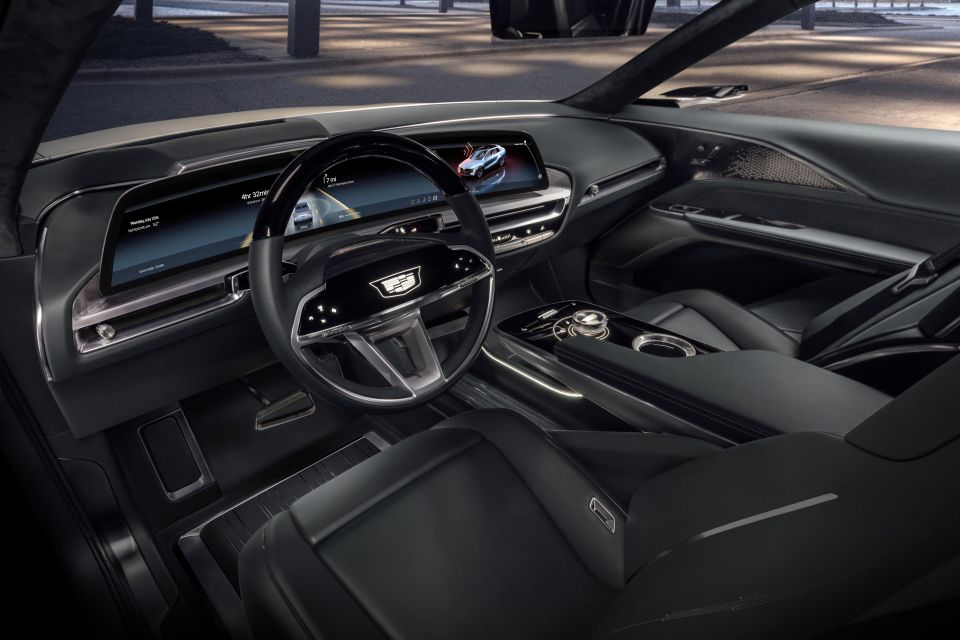
That makes it roughly the same size as an Audi e-tron or BMW iX. It starts at US$62,990 (A$92,891), undercutting those rivals by thousands of dollars, and aligning it with the Tesla Model Y Performance.
Beyond the Lyriq, there are plenty of Cadillac products that would fit nicely into the Australian market after the death of Holden and Ford’s locally made large sedans.
The Cadillac CT5-V Blackwing is a rear-wheel drive sedan with power from a supercharged 6.2-litre V8 making 498kW of power and 893Nm of torque, mated to either a six-speed manual or 10-speed automatic transmission.
GM estimates a 0-60mph (0-96km/h) time of 3.7 seconds with the automatic transmission and a top speed of over 200mph (321km/h).
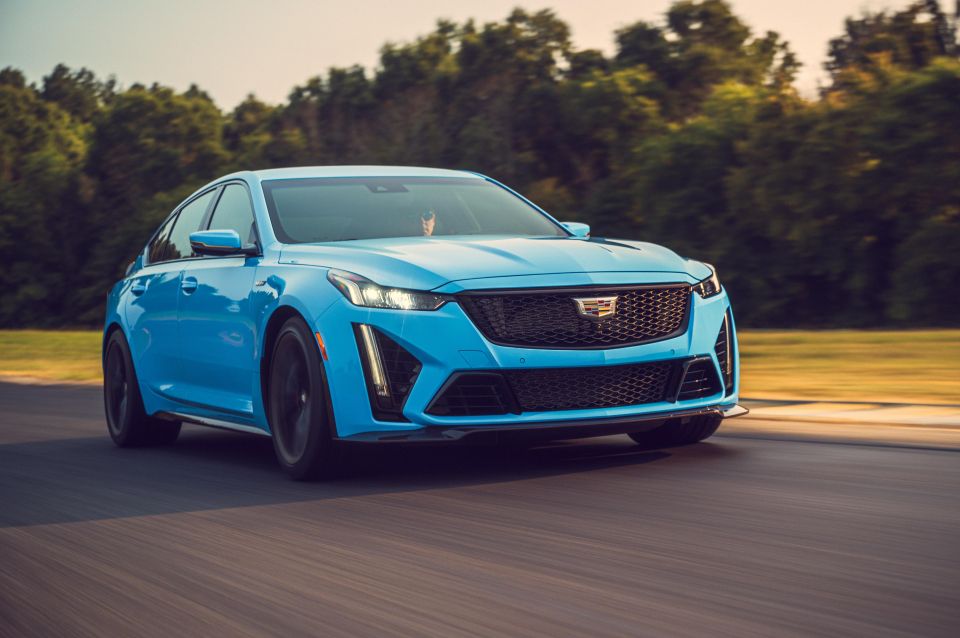

The smaller CT4-V Blackwing eschews V8 power for a twin-turbocharged 3.6-litre V6 engine.
It produces 352kW of power and 603Nm of torque and is also mated to either a six-speed manual or 10-speed automatic transmission and rear-wheel drive.
GM claims a 0-60mph (0-96km/h) time of 3.8 seconds with the automatic, with a top speed of 189mph (304km/h).
The powerful pair of sedans appears less likely to make it to Australia, however.
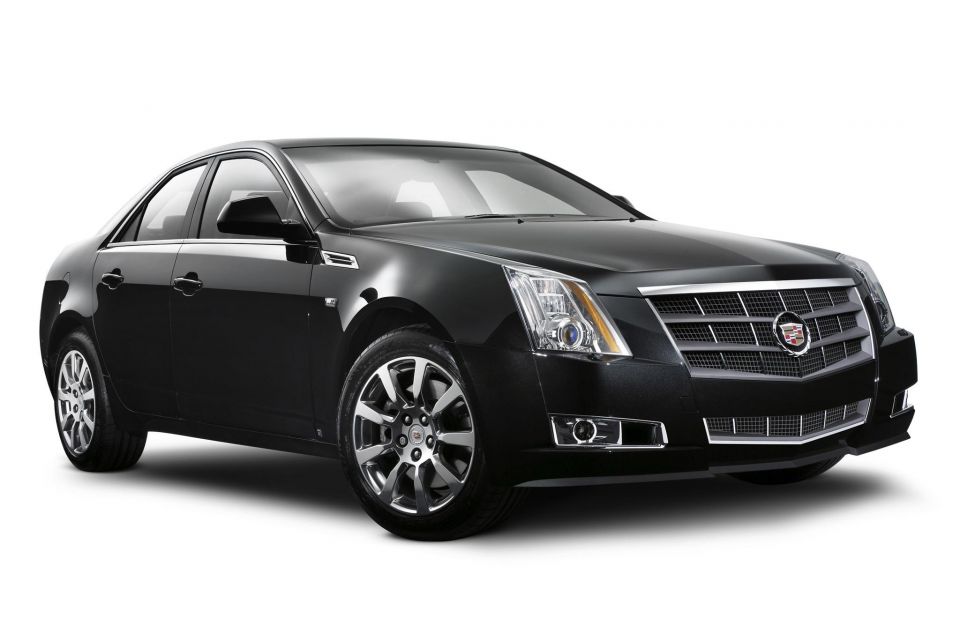

Cadillac last officially sold vehicles in Australia in 1969, but 40 years later it came extremely close to returning to the local market with the second-generation CTS.
It officially announced the luxury sedan’s launch in 2007 and obtained local certification for its sale, with multiple dealers signing up to carry the brand which would have been sold alongside Hummer and Saab models.
GM even imported several dozen CTS sedans, only for them to be diverted as the company cancelled plans to sell the brand in January 2009 just weeks before they were due to go on sale.
Since then, Cadillac hasn’t produced any other right-hand drive vehicles and has further reduced its presence outside of markets like North America, China and the Middle East. For example, it sells just one vehicle in Europe, the small XT4 crossover.
Where expert car reviews meet expert car buying – CarExpert gives you trusted advice, personalised service and real savings on your next new car.
Scott Collie is an automotive journalist based in Melbourne, Australia. Scott studied journalism at RMIT University and, after a lifelong obsession with everything automotive, started covering the car industry shortly afterwards. He has a passion for travel, and is an avid Melbourne Demons supporter.


Shane O'Donoghue
6 Days Ago


Anthony Crawford
5 Days Ago


Matt Campbell
4 Days Ago


James Wong
3 Days Ago


Max Davies
1 Day Ago
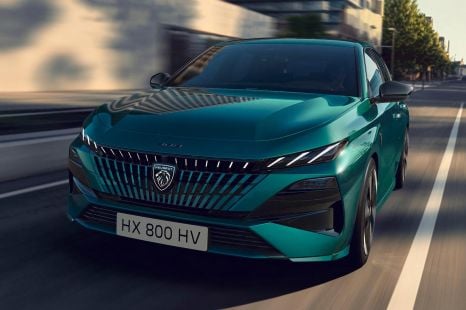

Derek Fung
7 Hours Ago